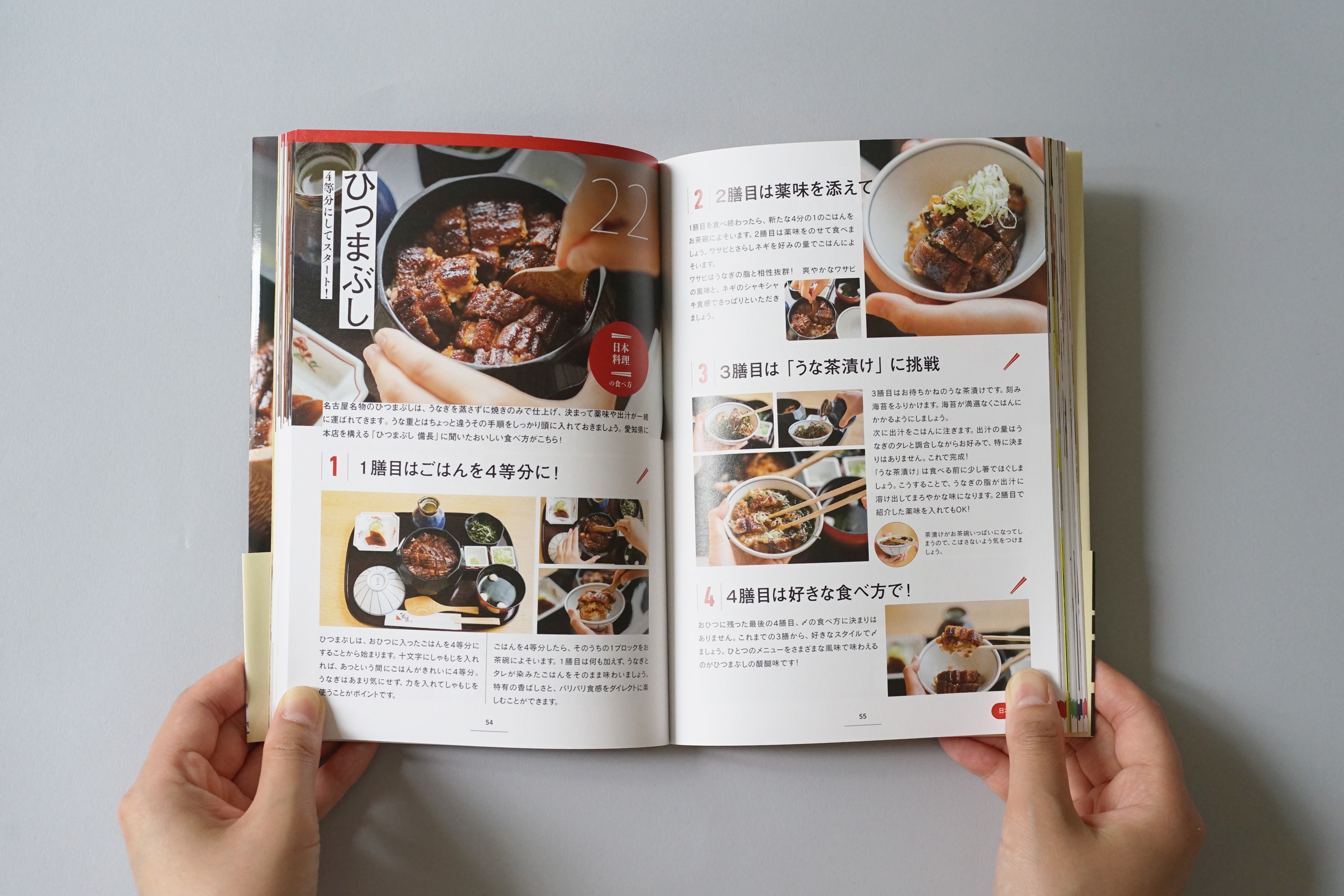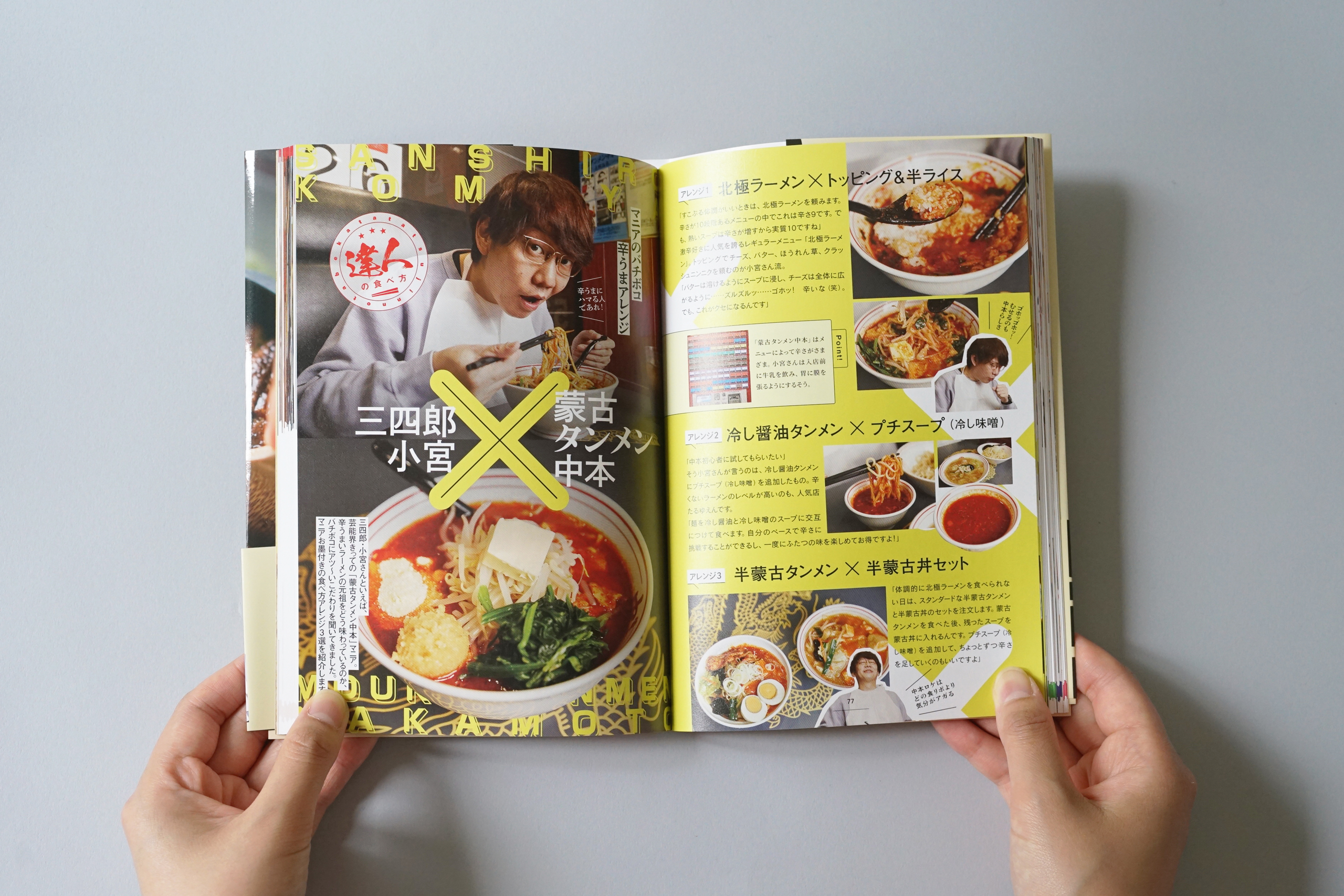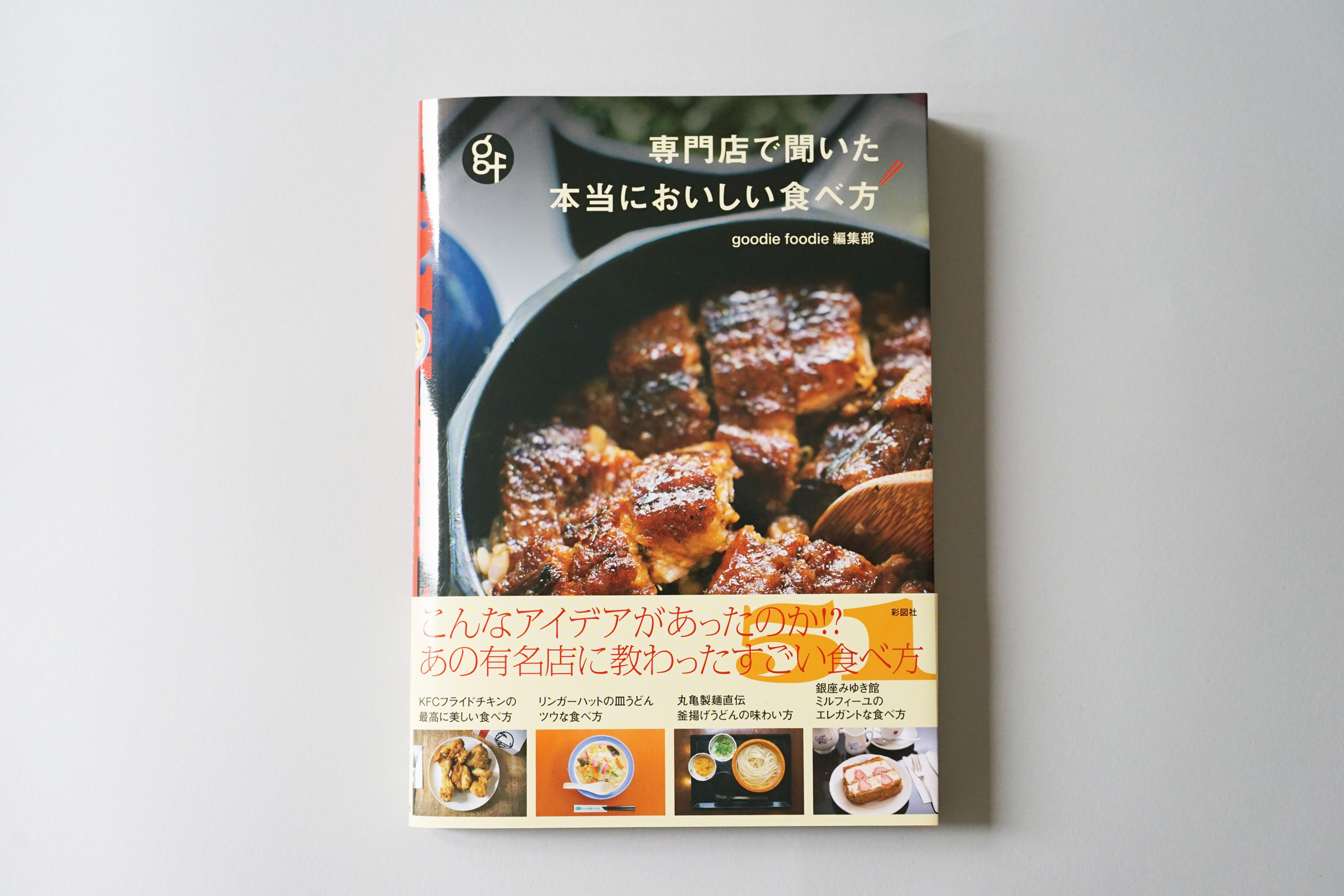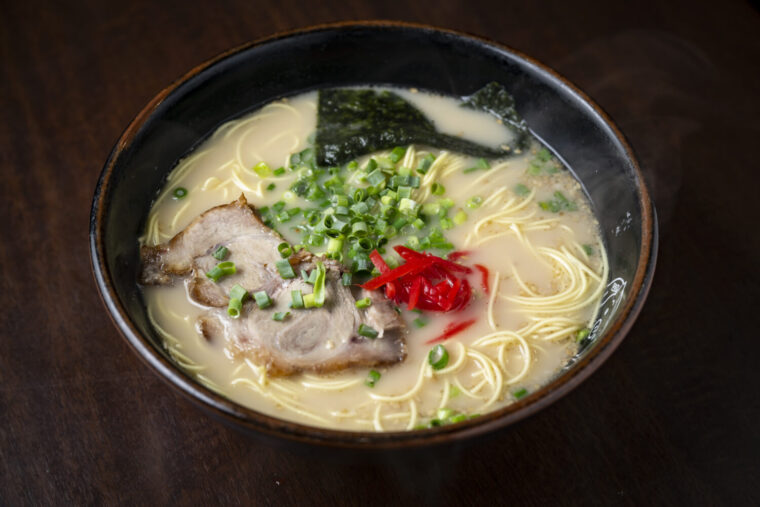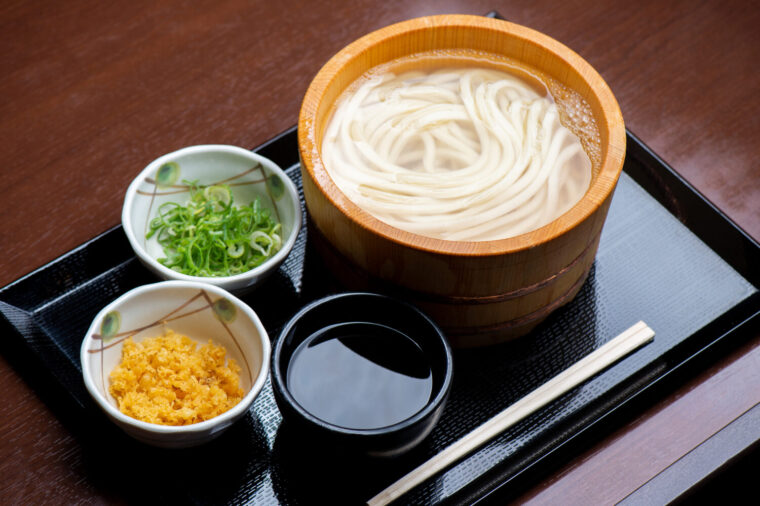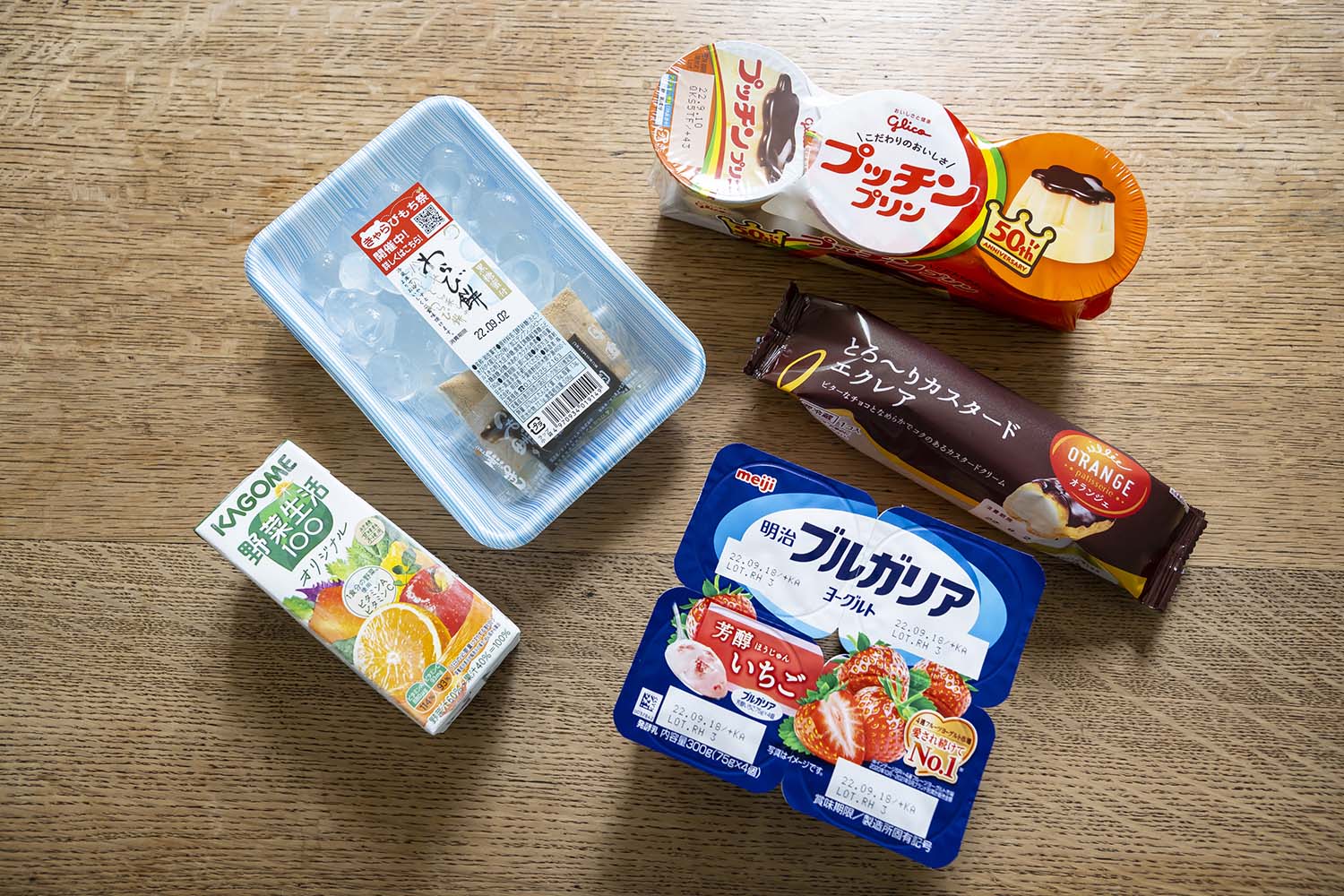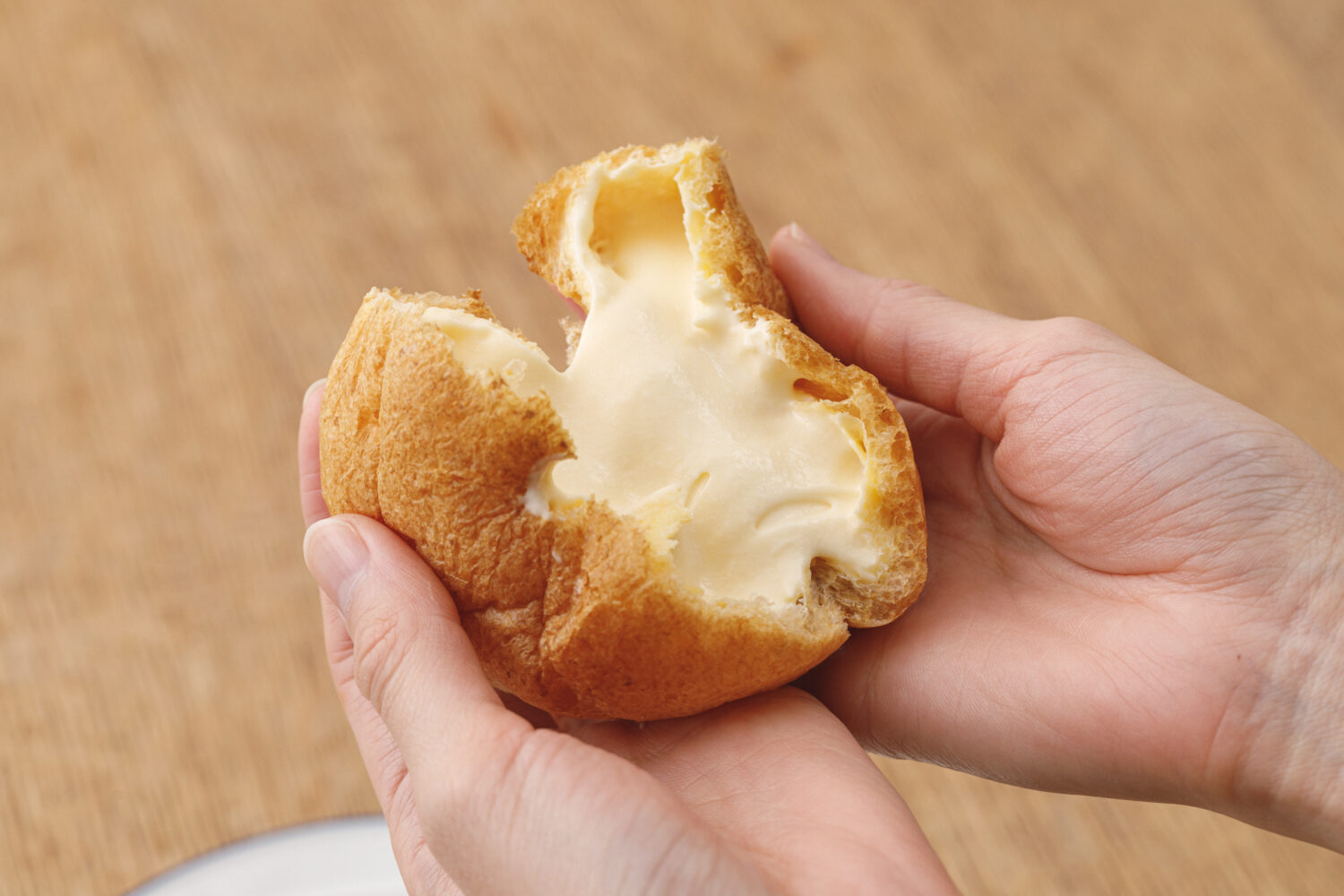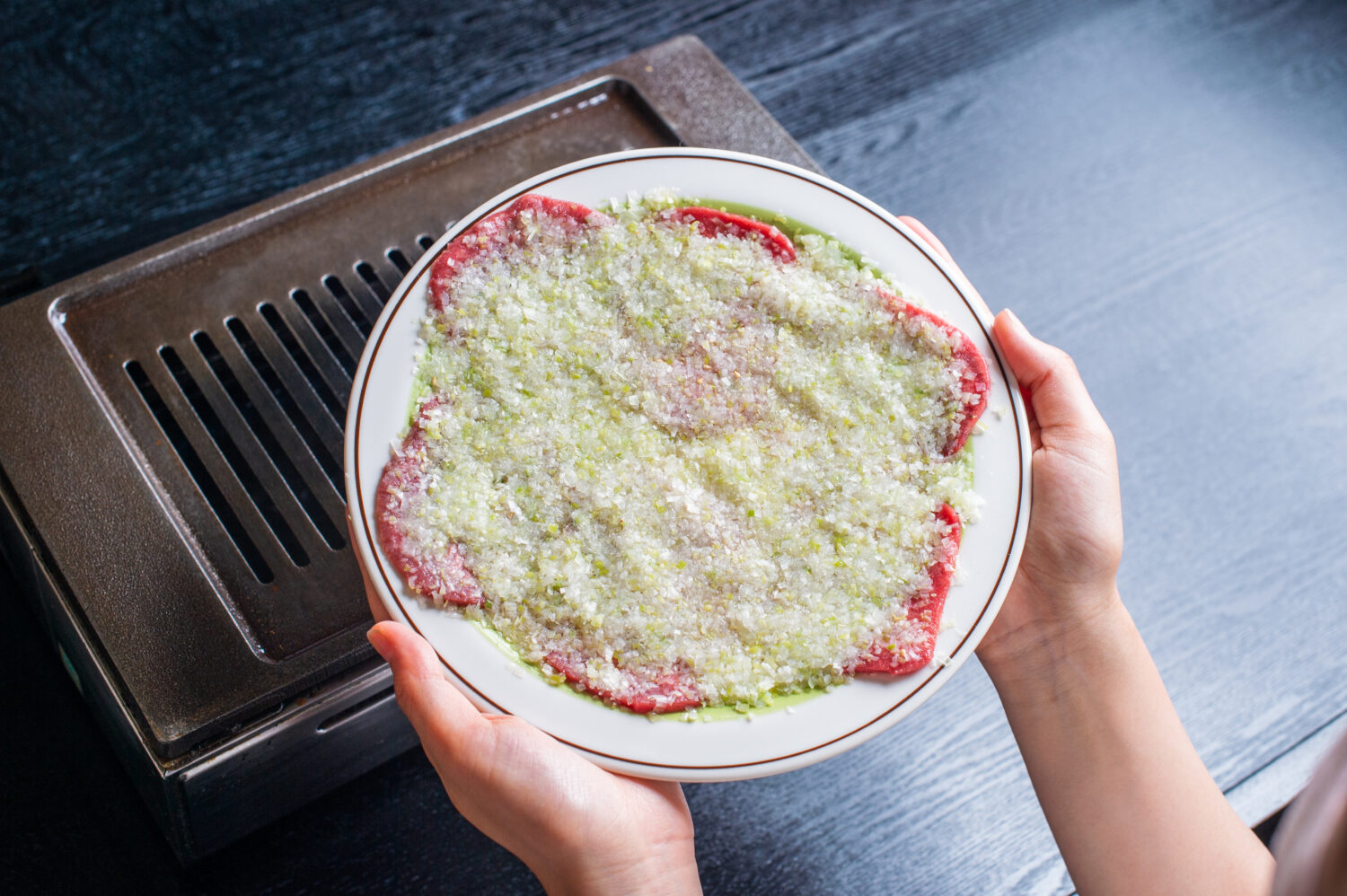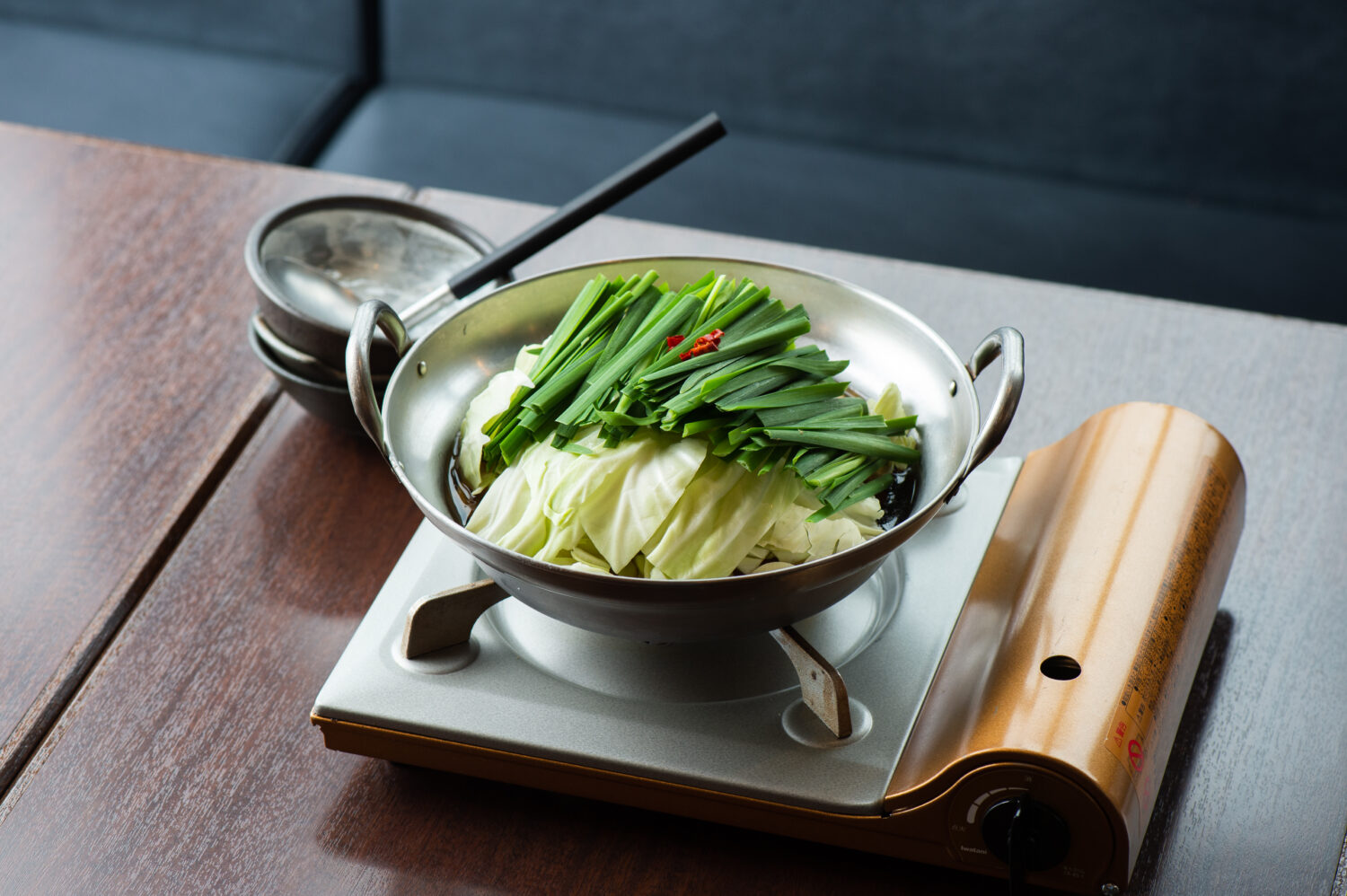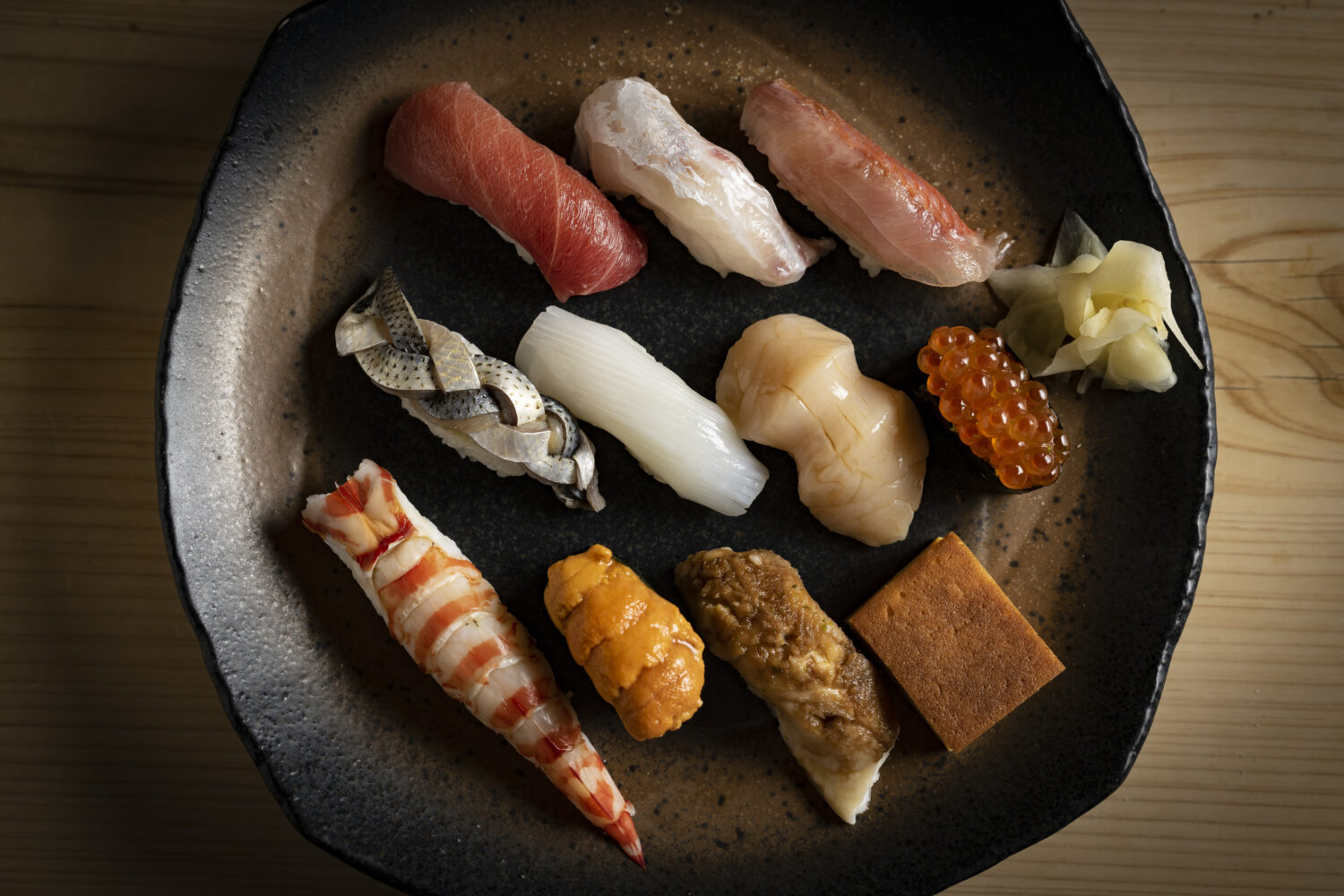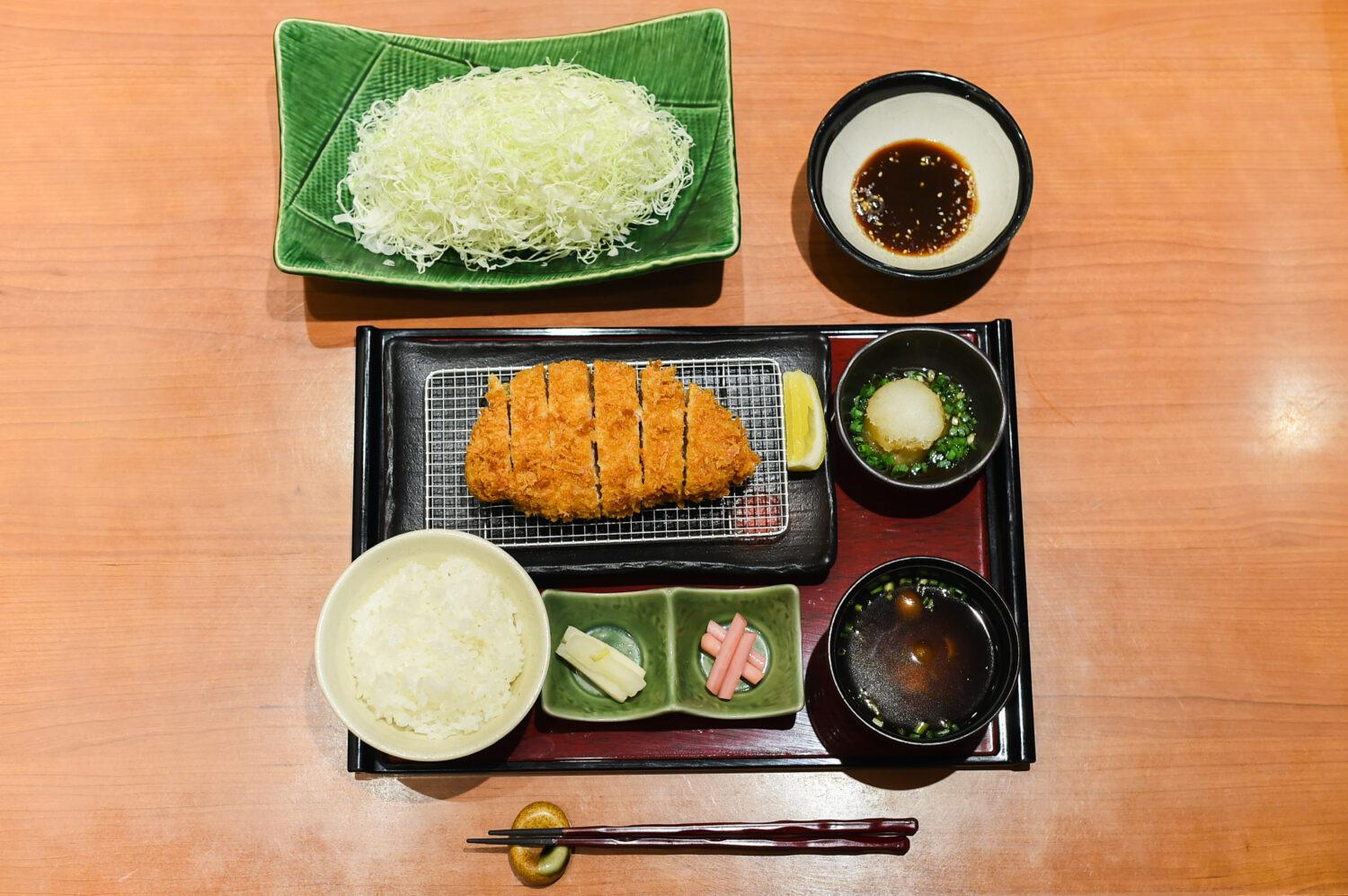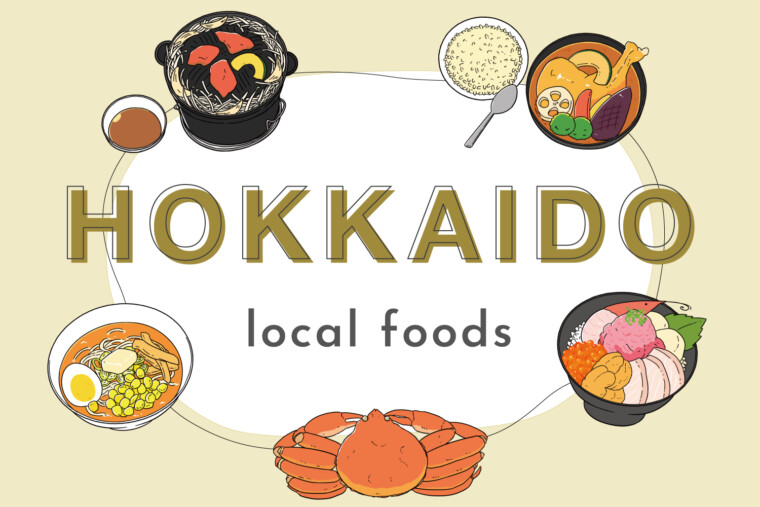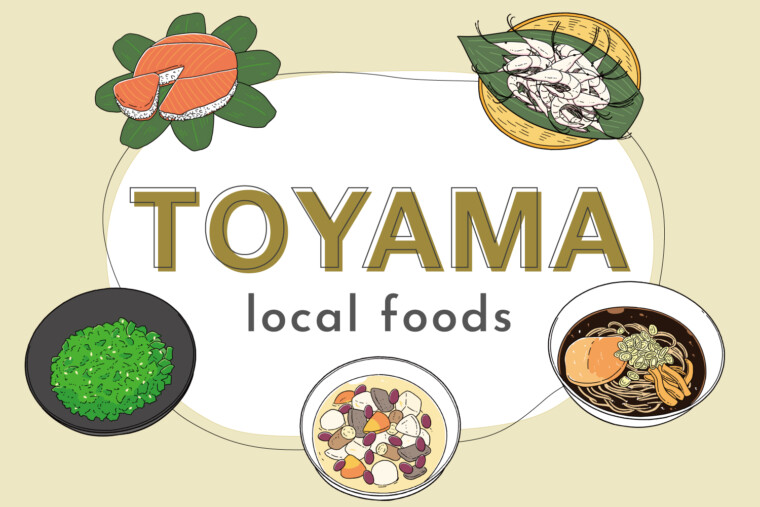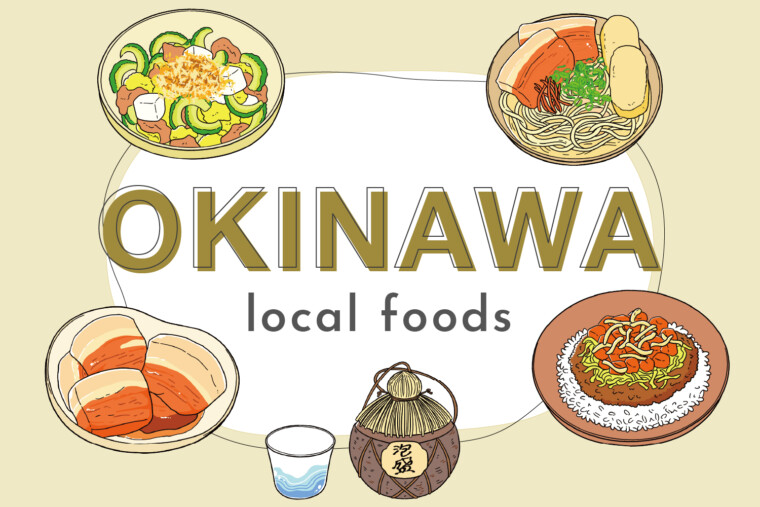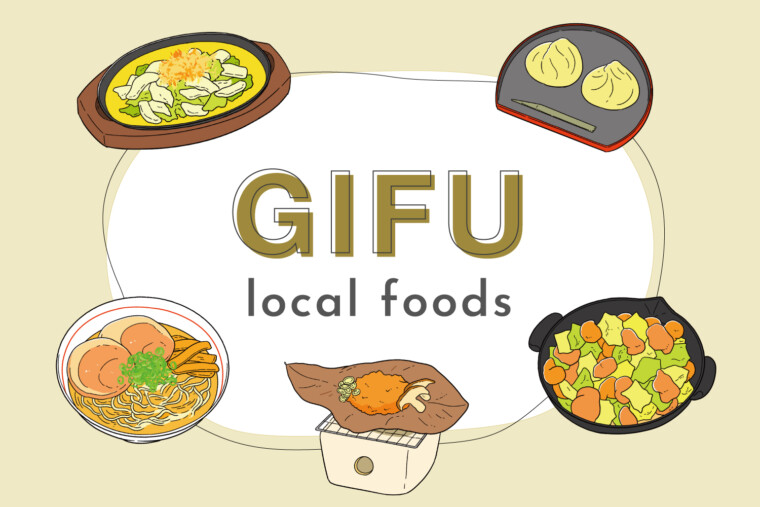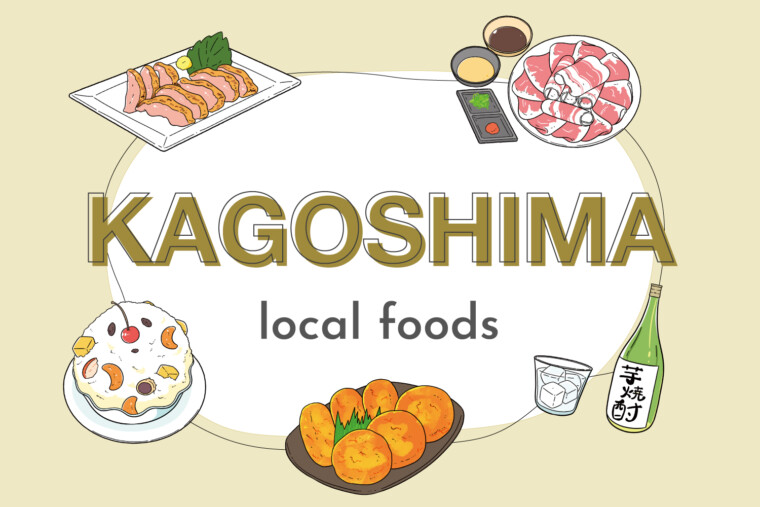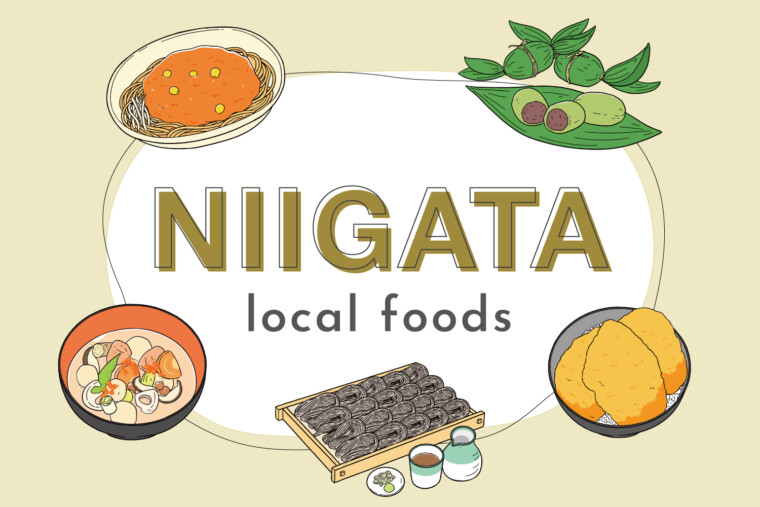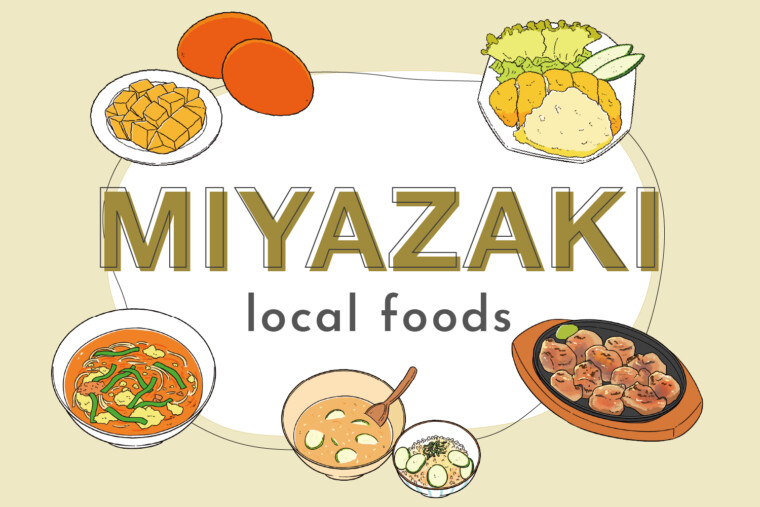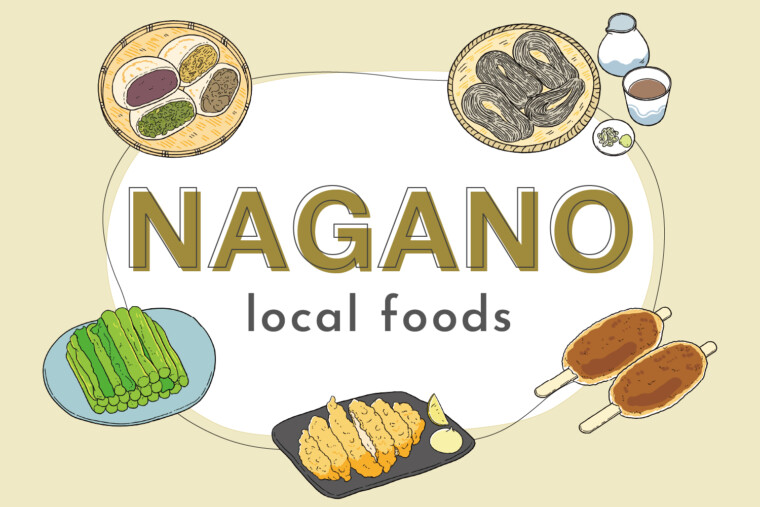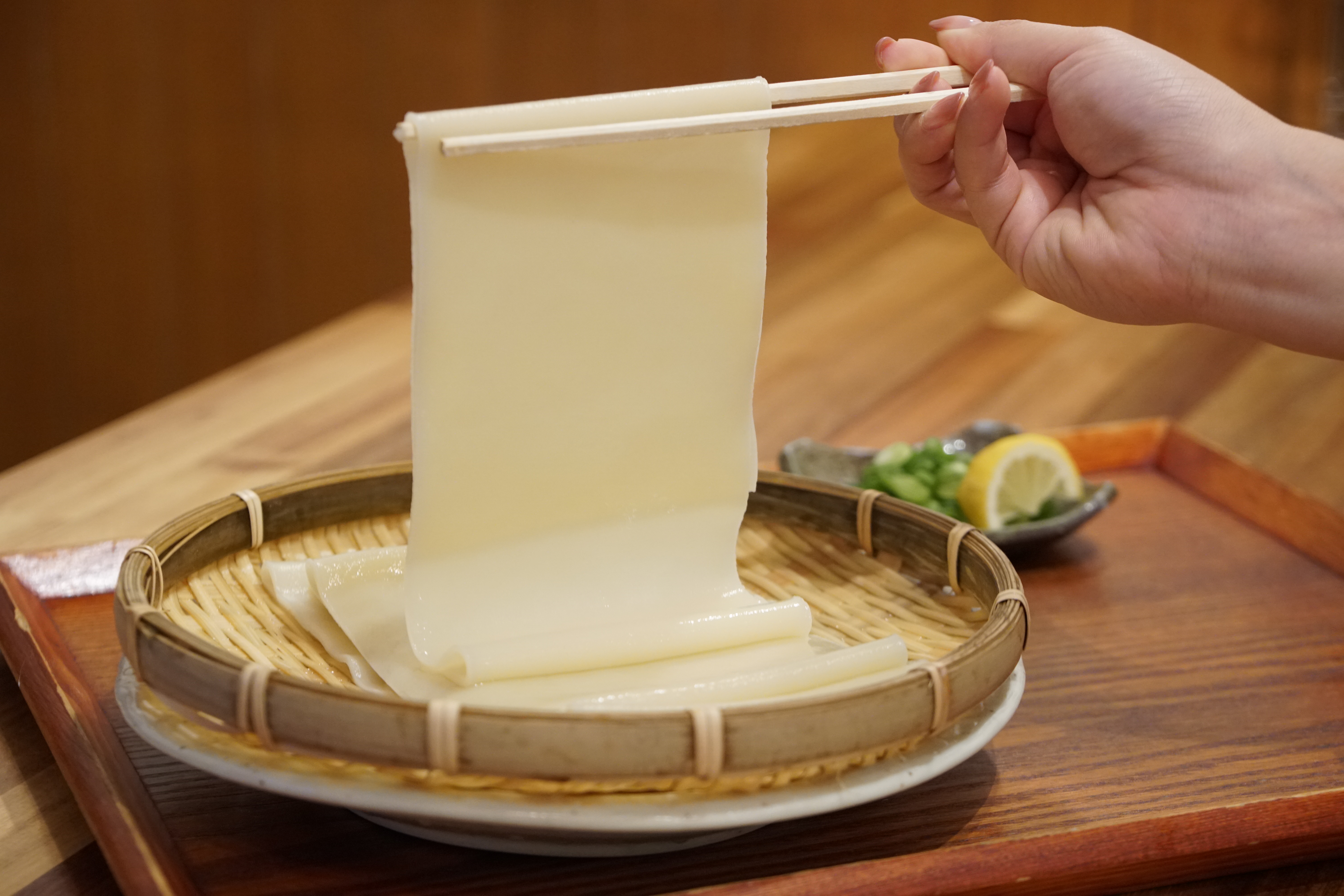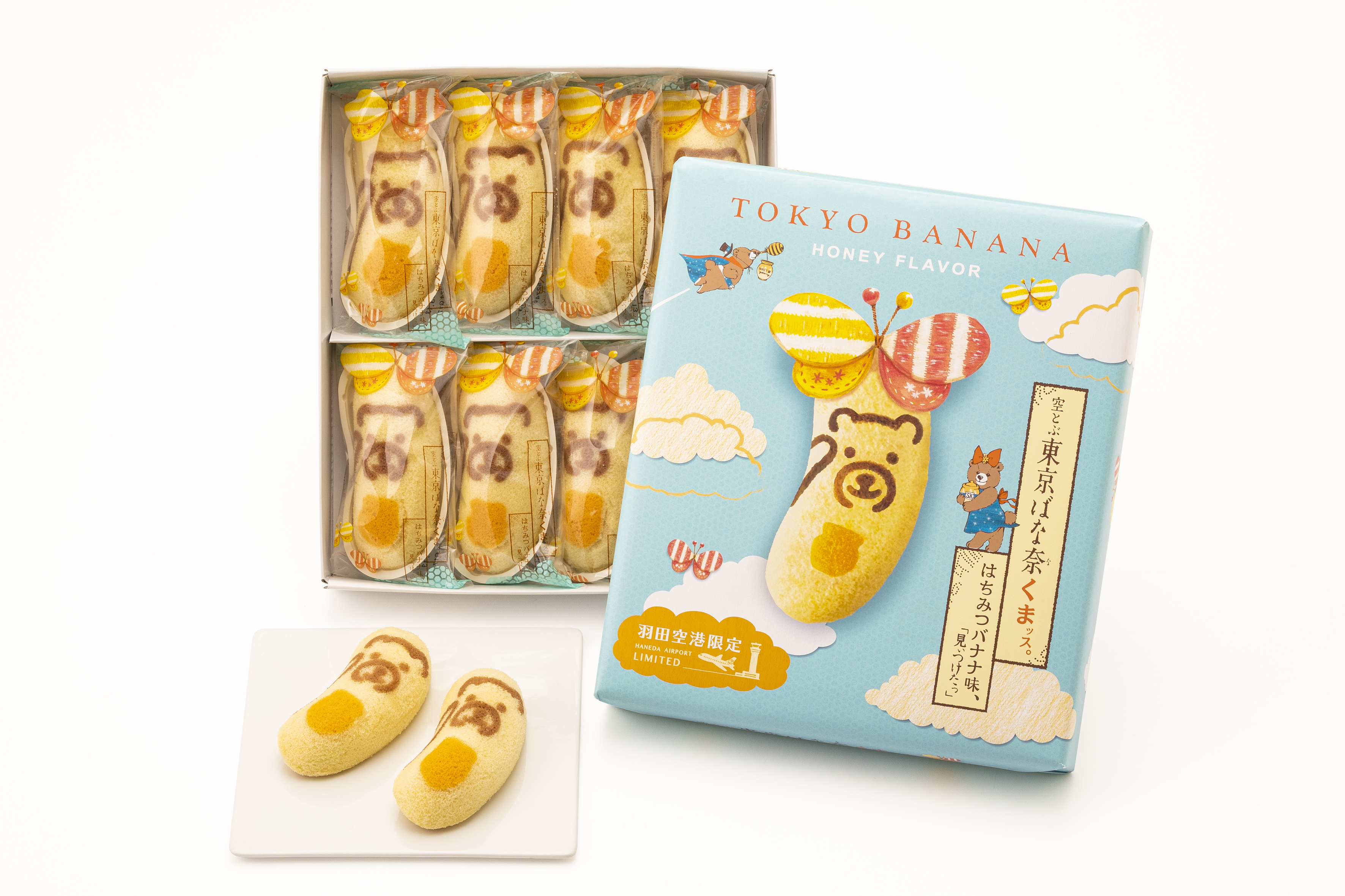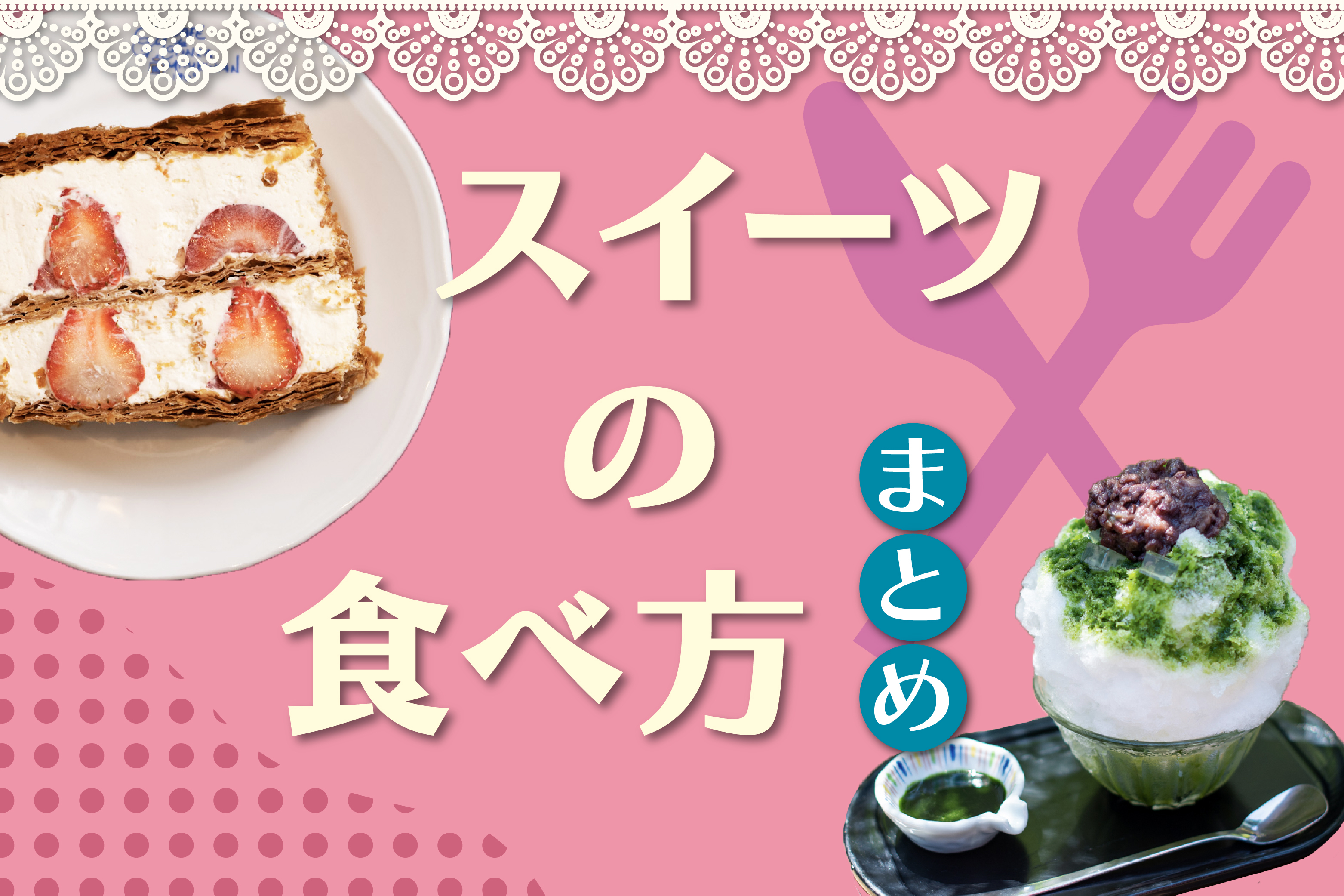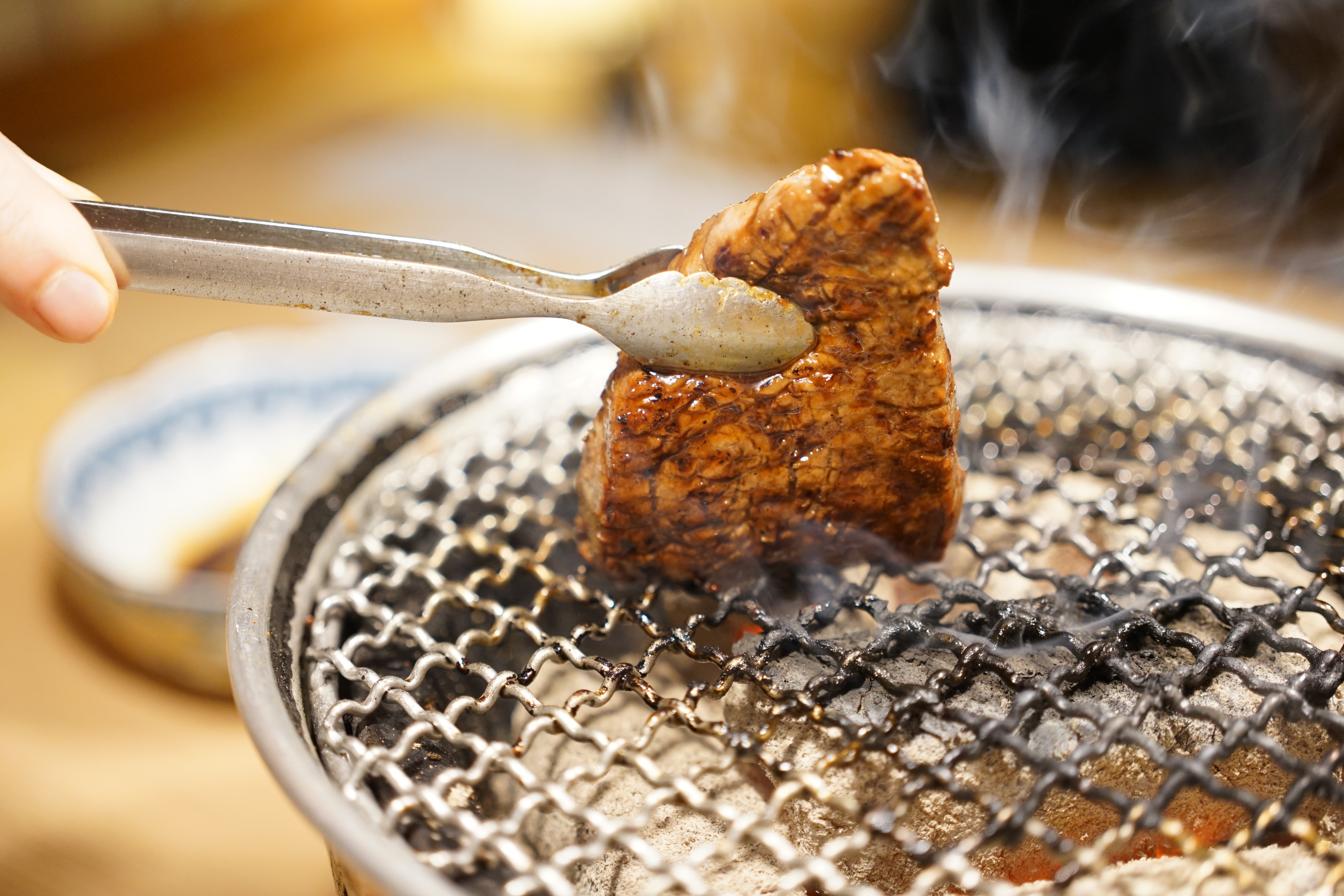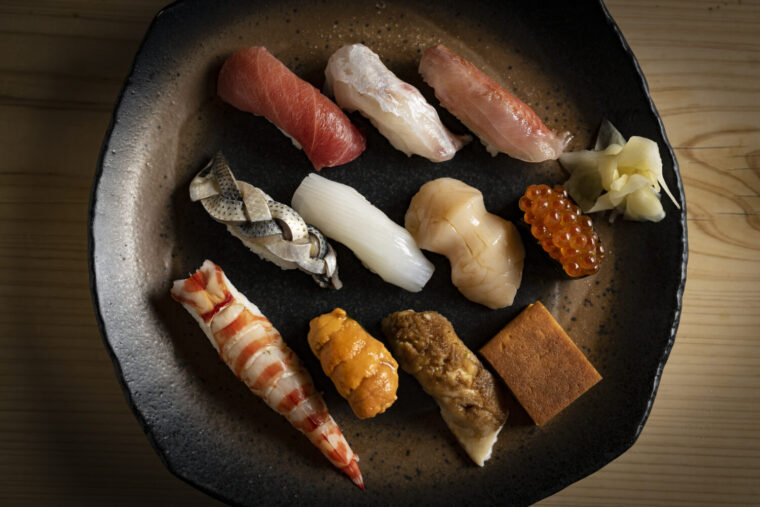
How to eat miso nikomi udon | Take off the lid to use as a dish and don’t forget to finish with a helping of rice!
Miso nikomi udon is one of Nagoya’s most famous noodle dishes. With roots in Nagoya homestyle cooking, this dish features fresh, toothsome udon noodles simmered in a broth which is based on hatcho miso – a mellow, deeply colored miso paste made in Okazaki, Aichi. For this article, we’ve visited the time-honored Yamamotoya Souhonke in Nagoya in search of advice on how to savor miso nikomi udon down to the very last drop.
share:
Table of Contents
Take off the lid to use as a dish
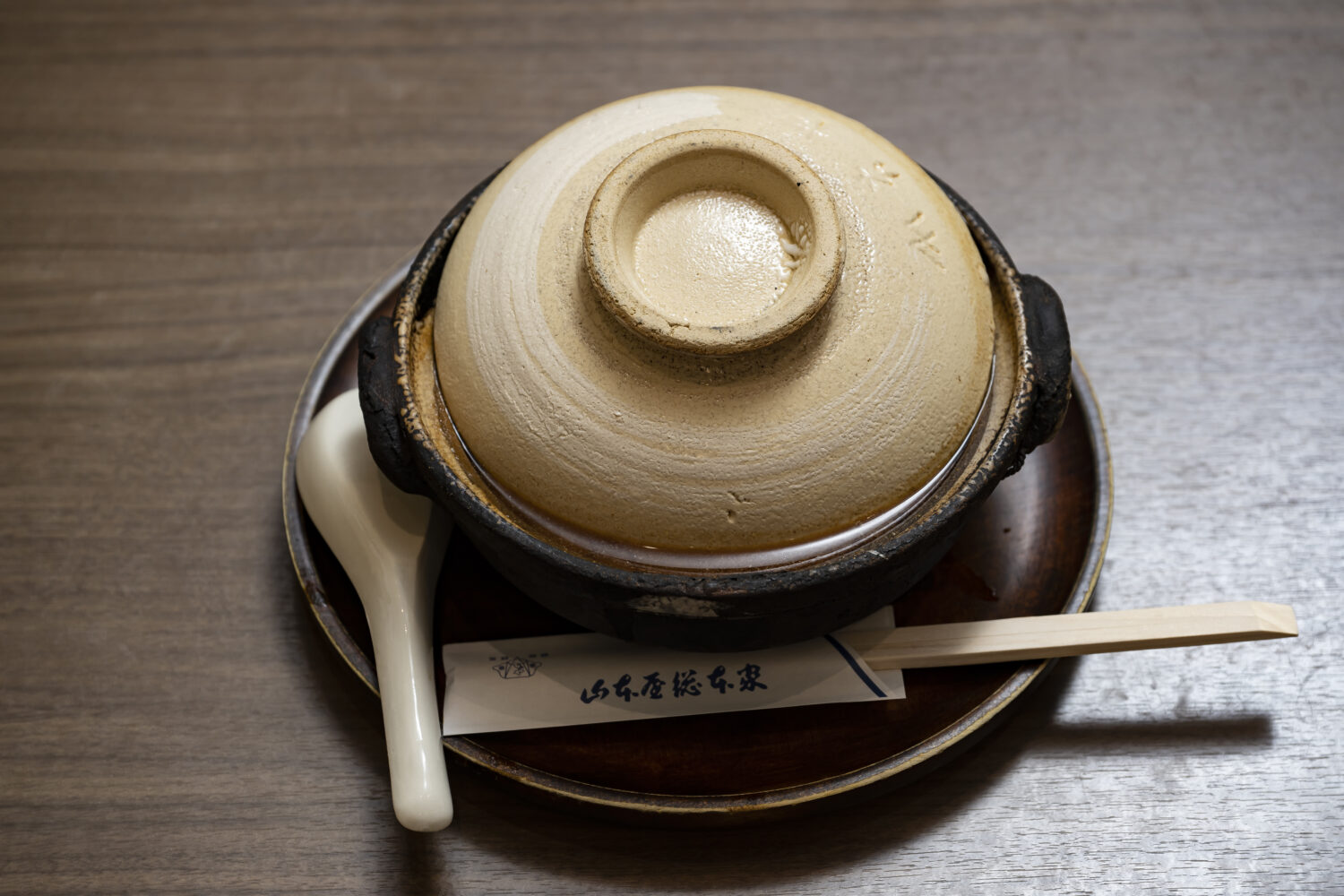
At Yamamotoya Souhonke, miso nikomi udon is served like this. Take a moment to admire the magnificent donabe (earthenware pot).

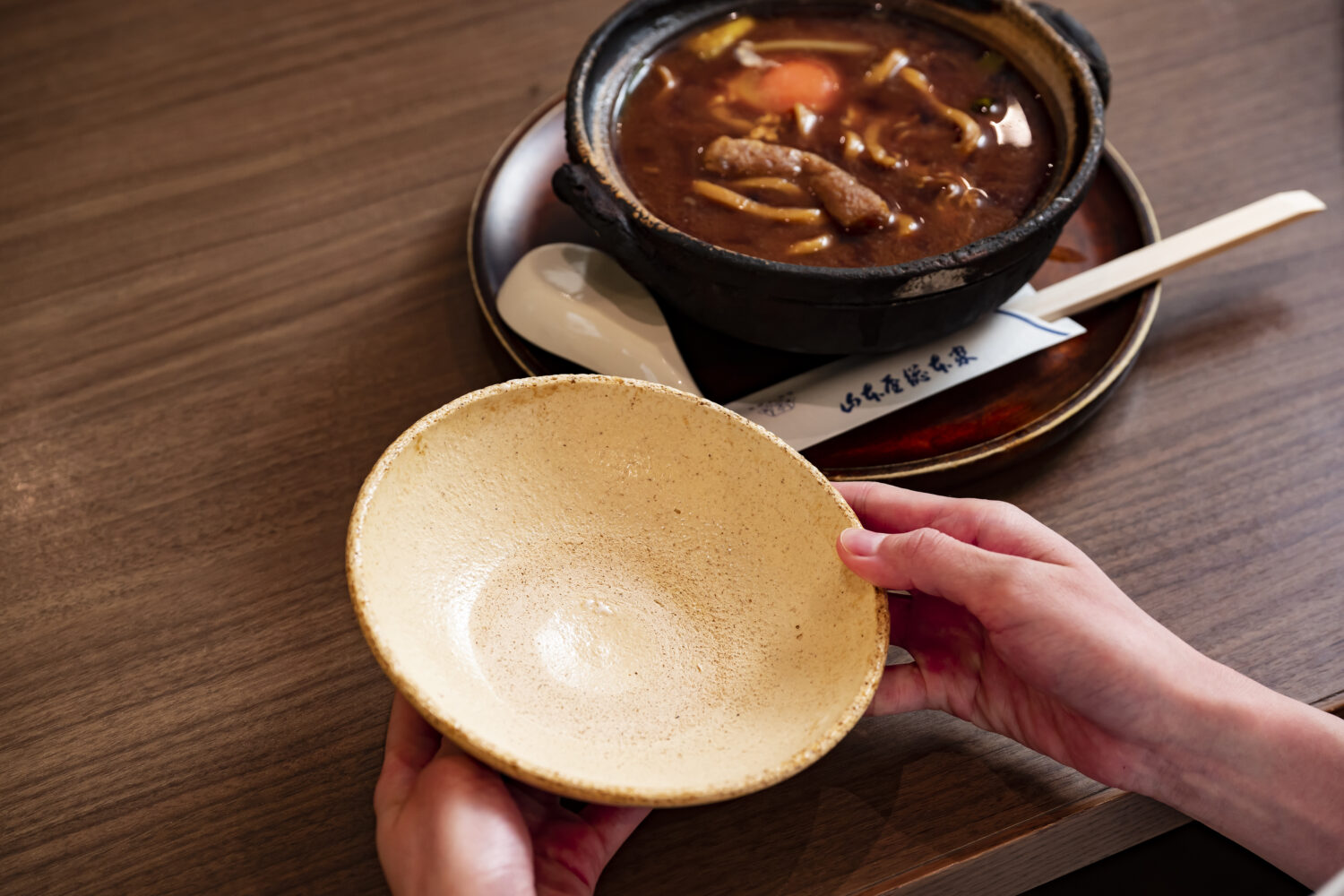
The lids of most donabe have a small hole, but in the case of donabe for miso nikomi udon, this hole is absent. Remove the lid to use as a serving dish, and place it to the front.

This time, we ordered tamago iri miso nikomi udon (with egg). The broth is still bubbling, and the dish may seem too hot to eat, but by transferring small portions into the serving dish, you can begin to enjoy the noodles without letting the entire dish cool down.
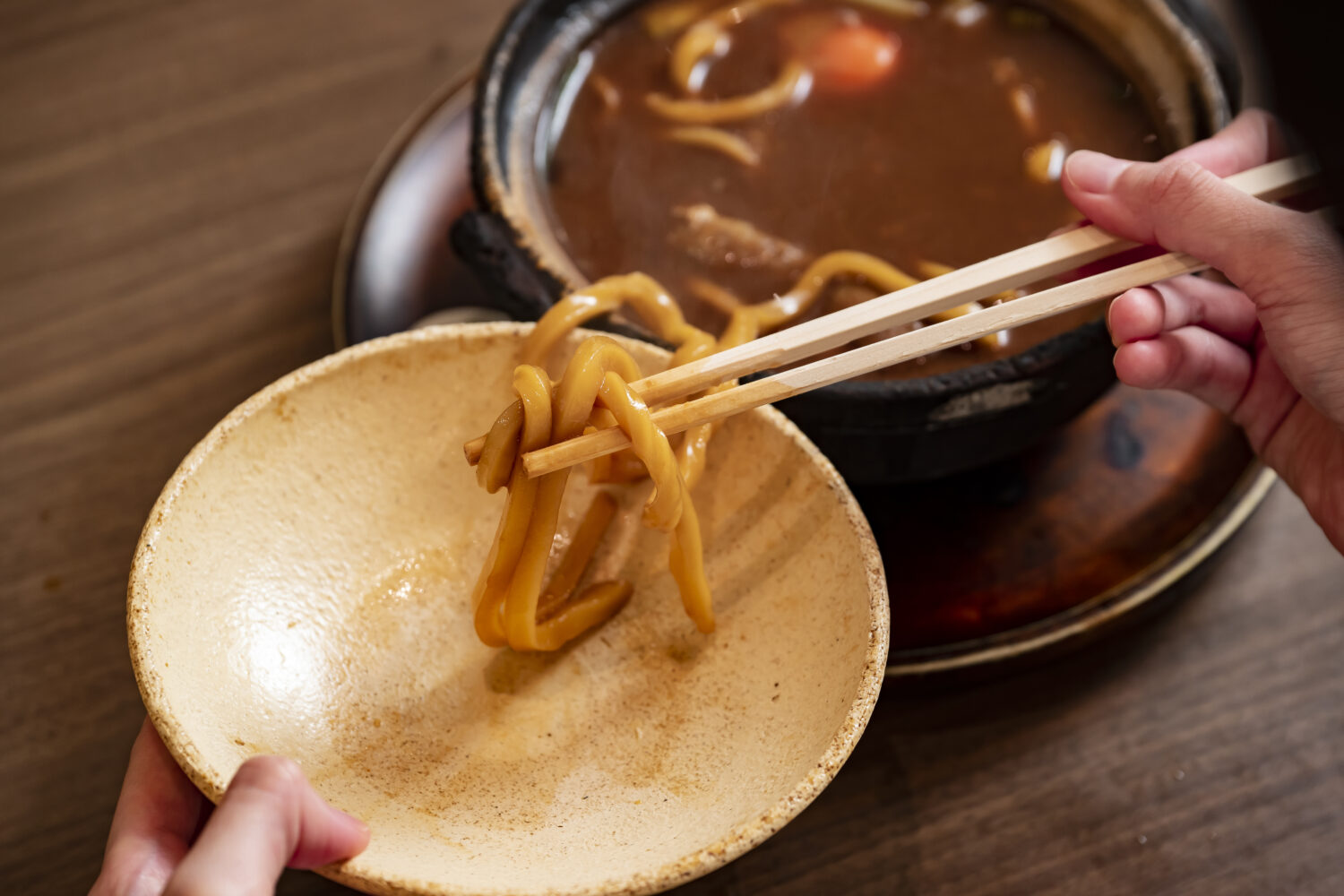
When transferring noodles into the serving dish, hold it parallel with the pot, and transfer the noodles in a sliding motion to avoid splashing broth.
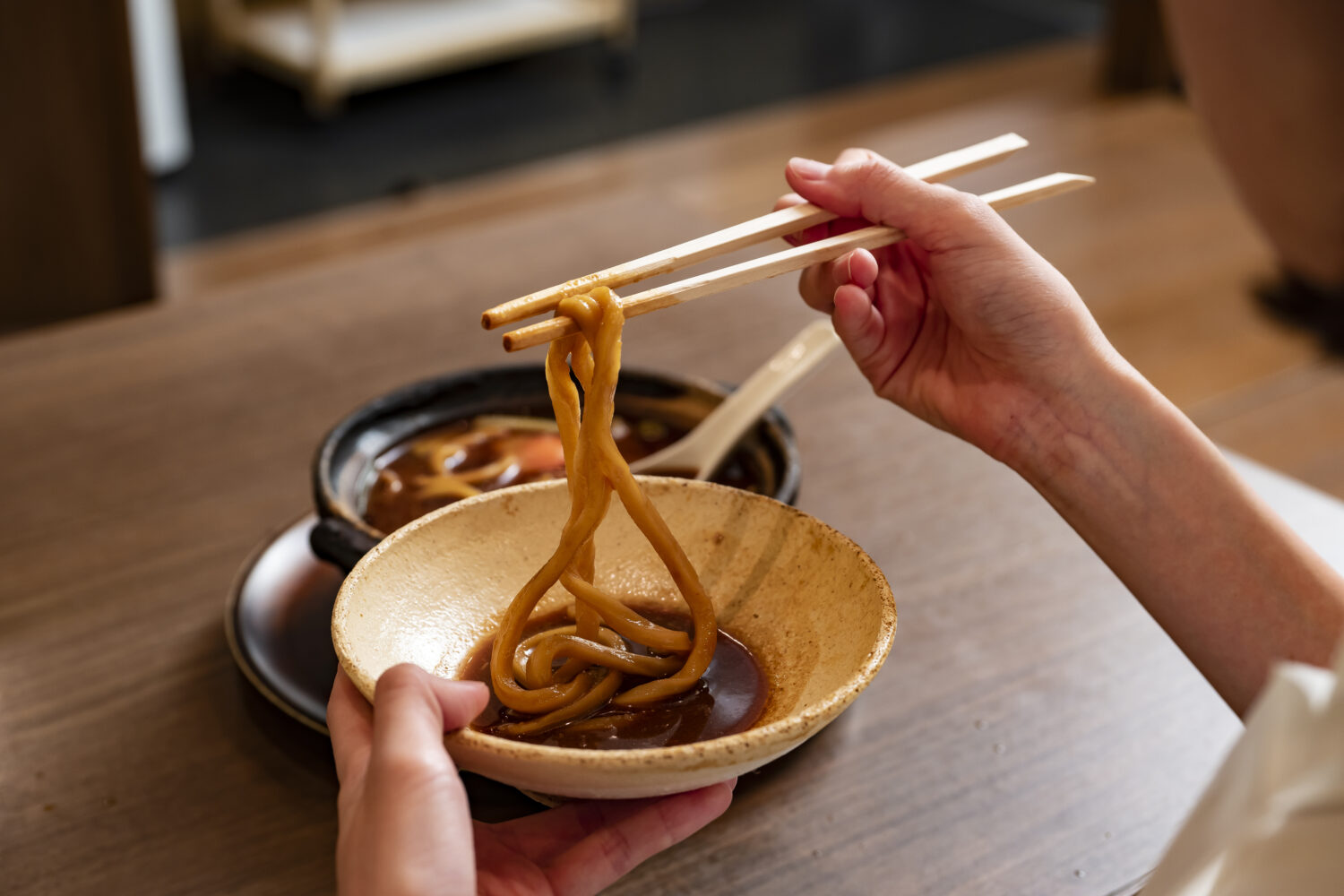
First, let’s try the dish just the way it comes. The hatcho miso used in this dish is a blend of red and white miso pastes, creating a mellow flavor. Compared to lighter noodles that might be enjoyed in a “slurping” style, the springy udon noodles are best slowly chewed to fully enjoy their savory flavor.
Aji-hen (change flavors) with ichimi or shichimi spice powders
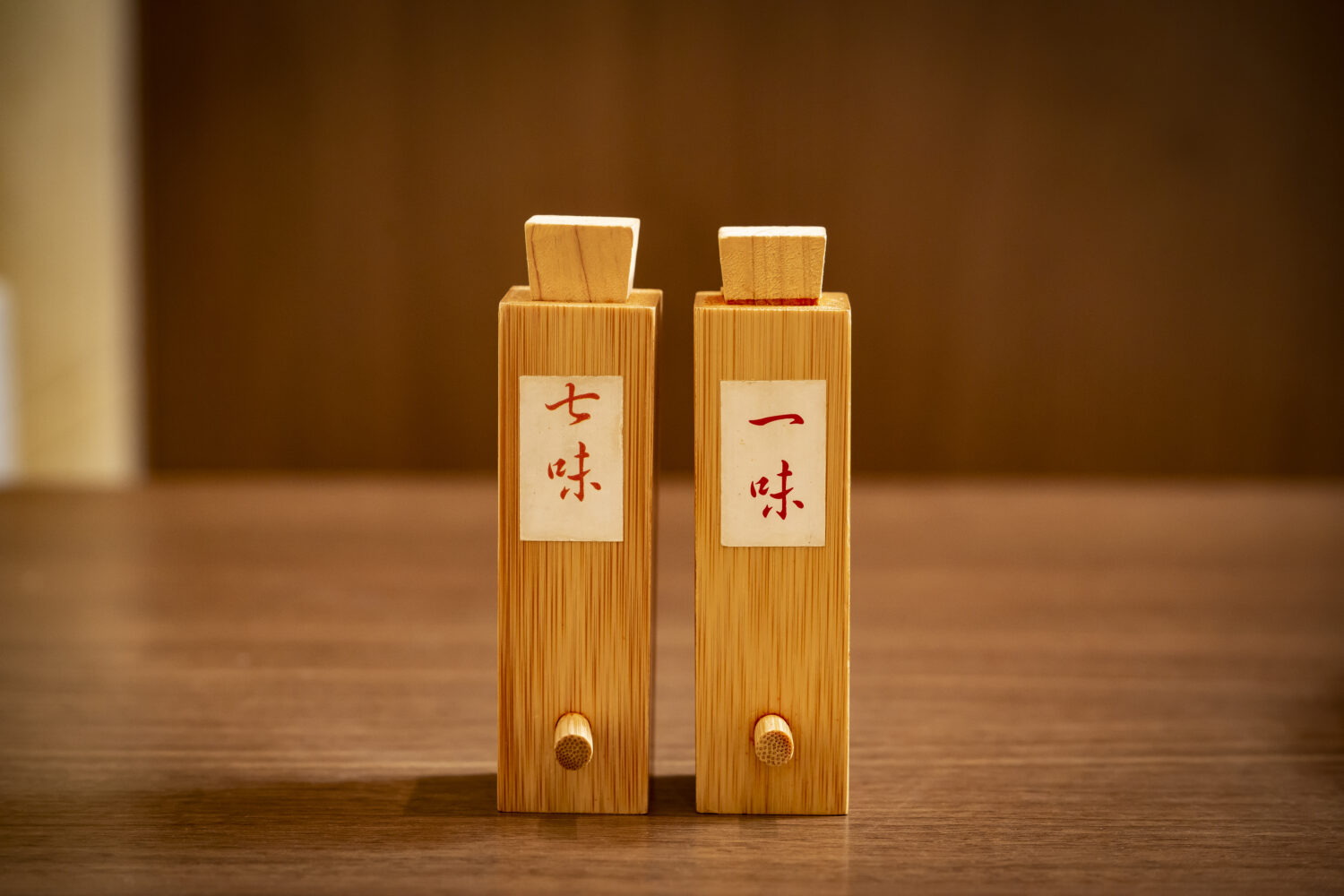
After appreciating the flavor just as it is, let’s try “aji-hen” (changing flavor) by sprinkling on some ichimi (chili powder) or shichimi (seven spice powder).
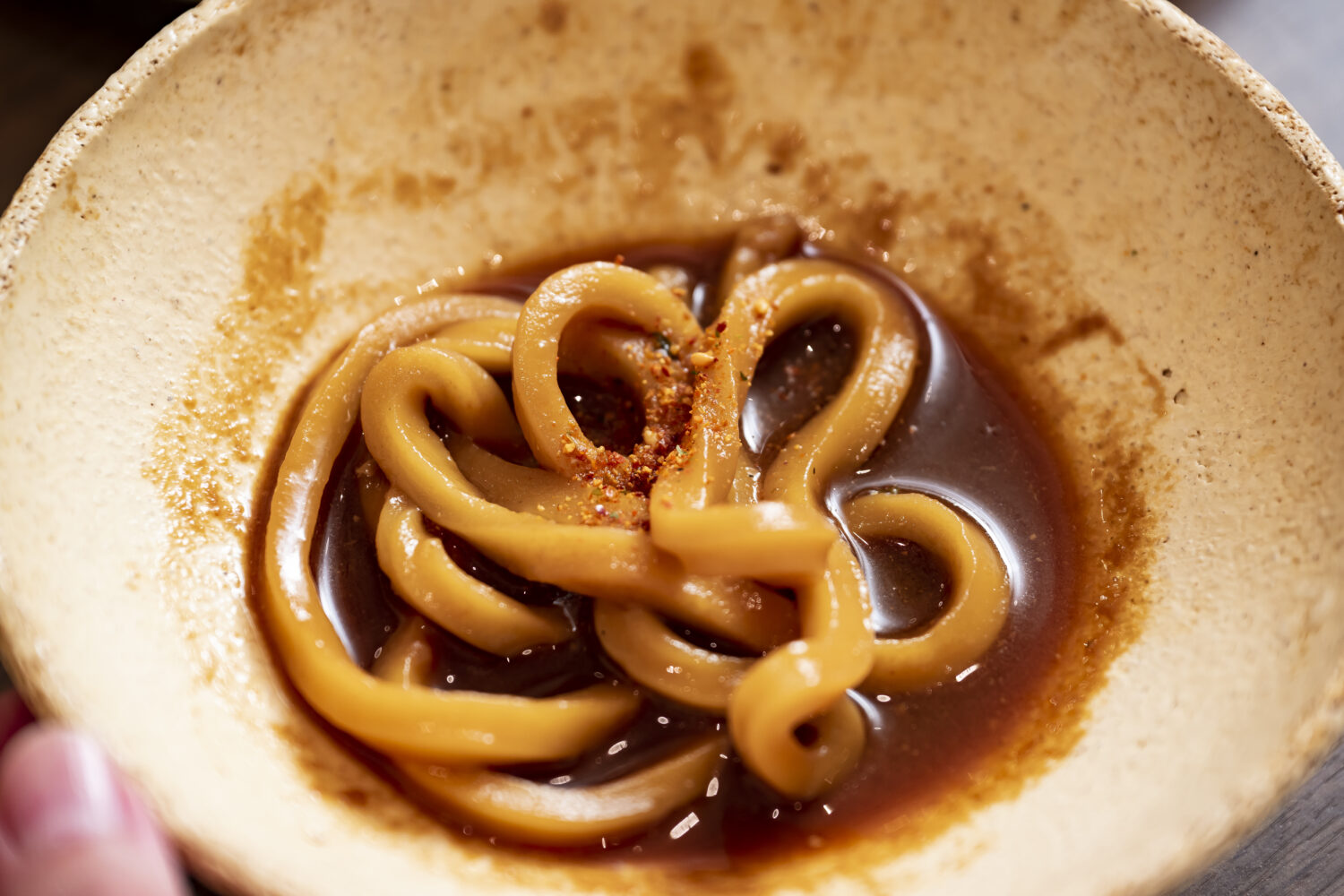
Ichimi provides a bold, spicy accent, whereas shichimi offers subtler, aromatic flavors. Both are an excellent complement to the sweetness of miso.
Mix in the egg
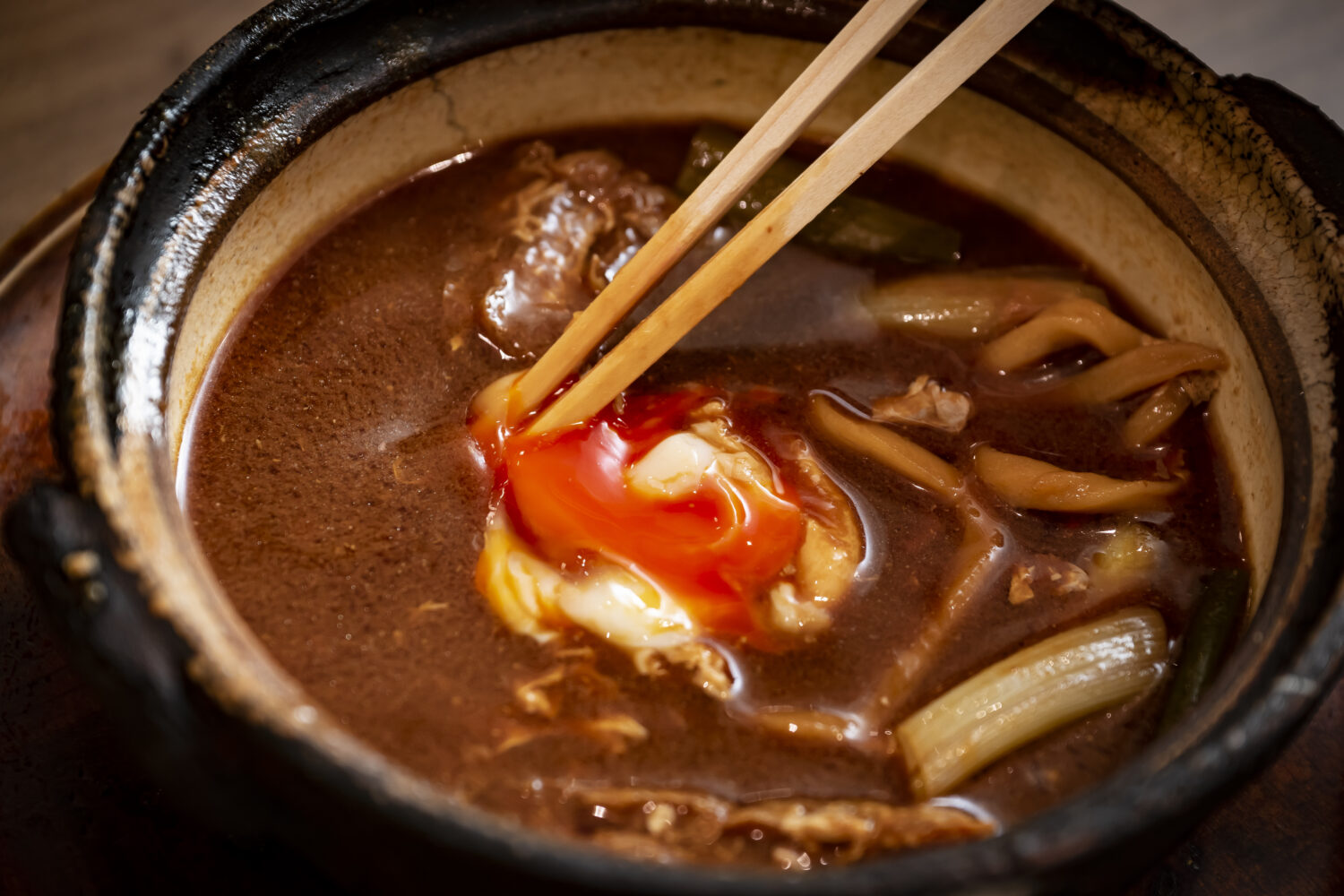
After you’ve made some progress, it’s time for the much-awaited egg yolk reveal. When to break the egg is completely up to you. If you prefer your egg on the raw side so it sticks to the noodles, break it earlier. The egg will continue to cook as you eat, so you can also leave it to the end to slightly firm up.
Last, add some rice!
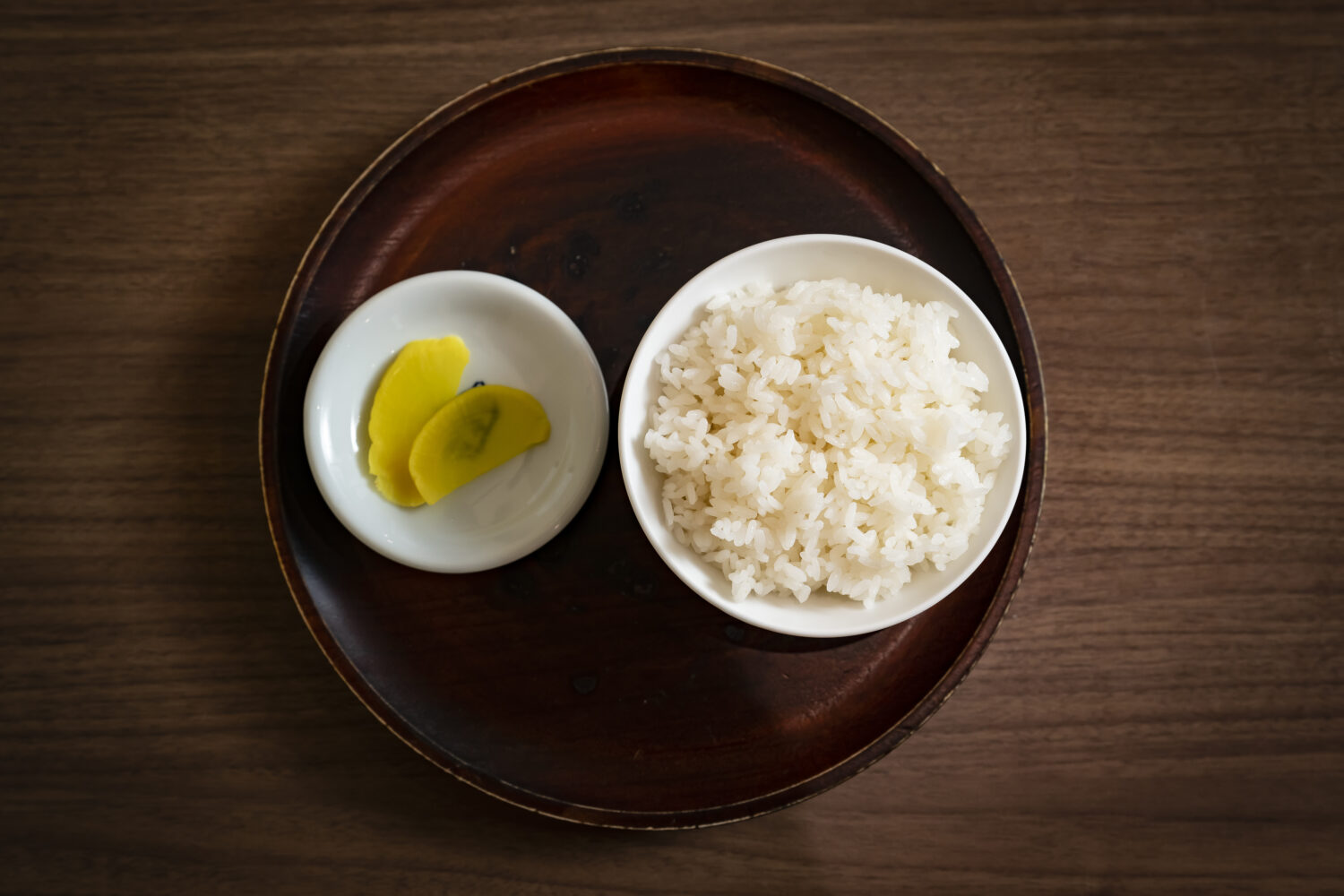
After eating the noodles, it would be a shame to waste the delicious remaining broth. Not to worry – order some rice, available as an option!
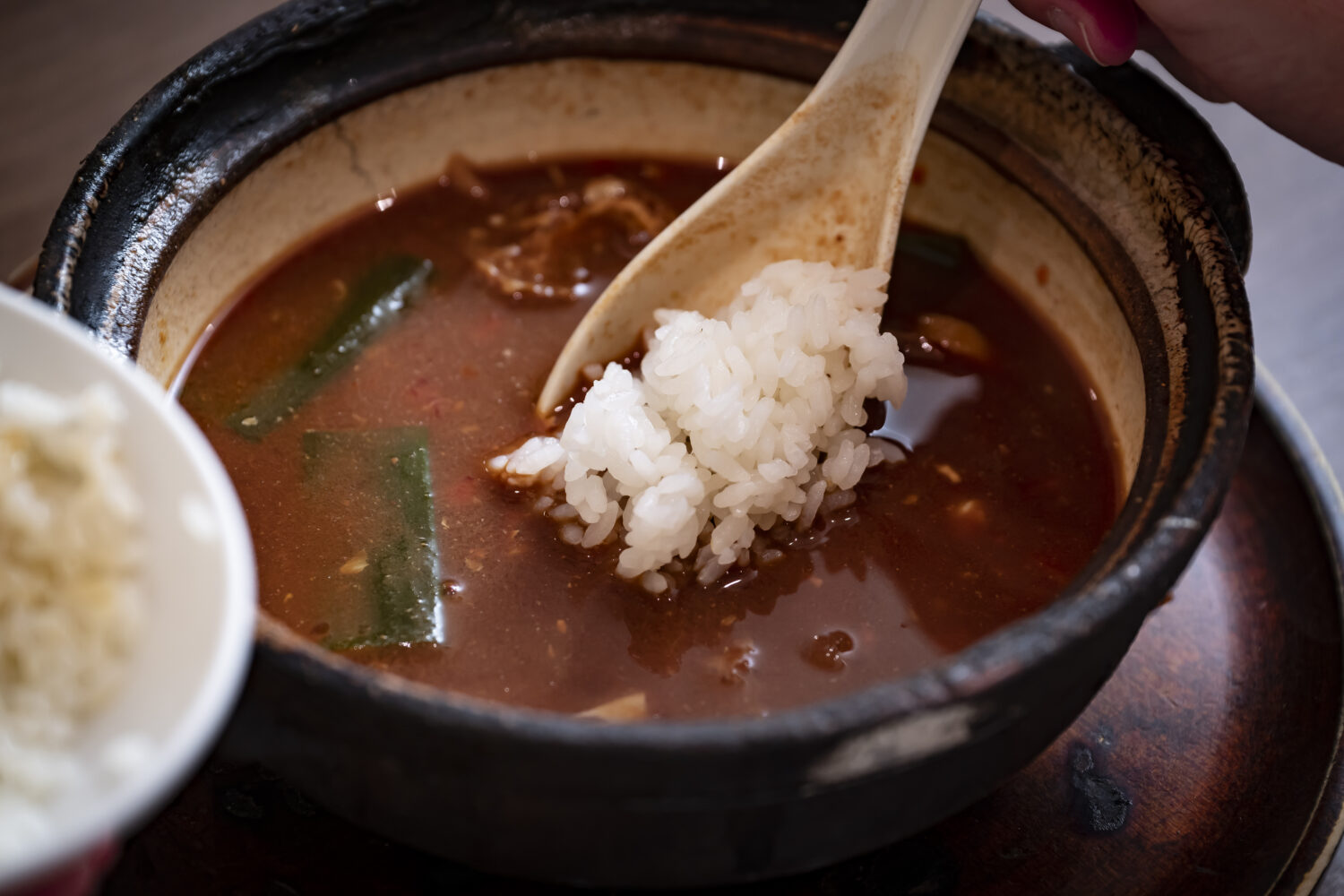
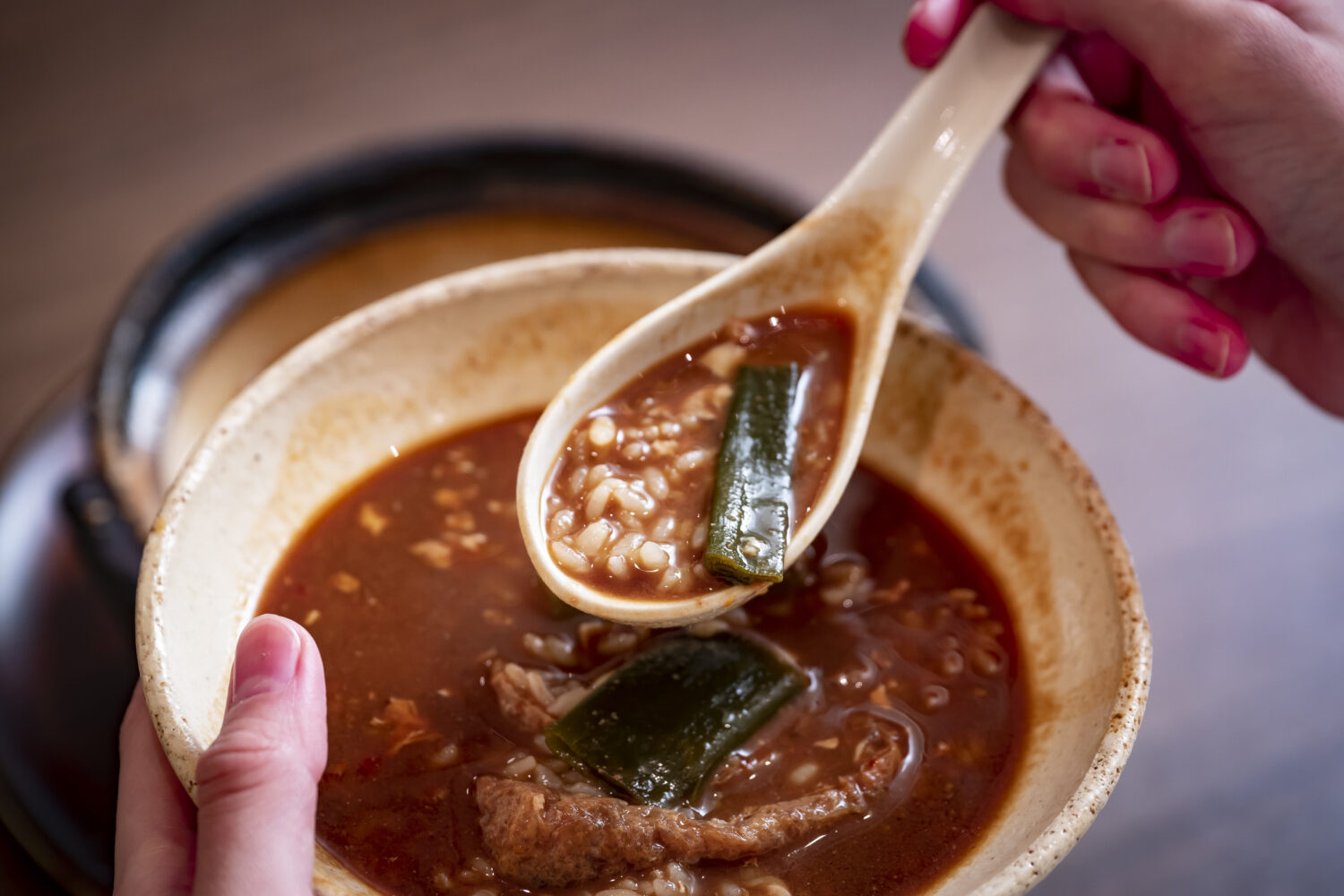
If you save the egg to the end, then add rice and mix it all together, you can enjoy the last bites like ojiya (egg and rice porridge). This tempting variation will have you coming back for more and more!
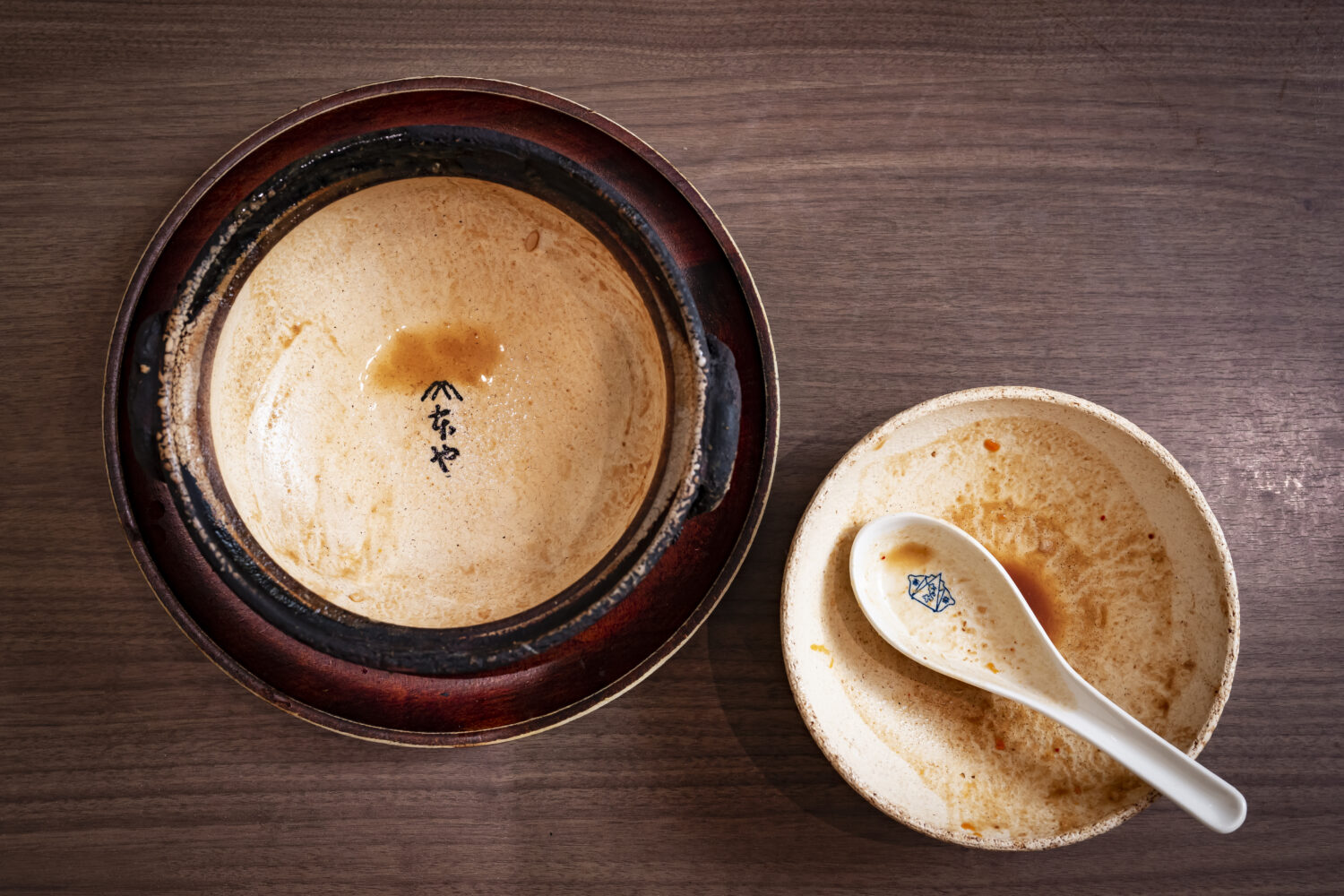
Adding rice at the end will allow you to enjoy every last drop of the delicious broth.
When you visit Nagoya, stop by Yamamotoya Souhonke to try some of the best miso nikomi udon.
This time-honored miso nikomi udon specialty restaurant was established in 1925. Using carefully selected ingredients, and fresh, never pre-boiled udon, the restaurant takes painstaking efforts to recreate the same flavor, generation after generation. Yamamotoya Souhonke also participates in events, and develops new menu items.
*The information is based on the time of reporting or creation, and may differ from the current situation.
share:










